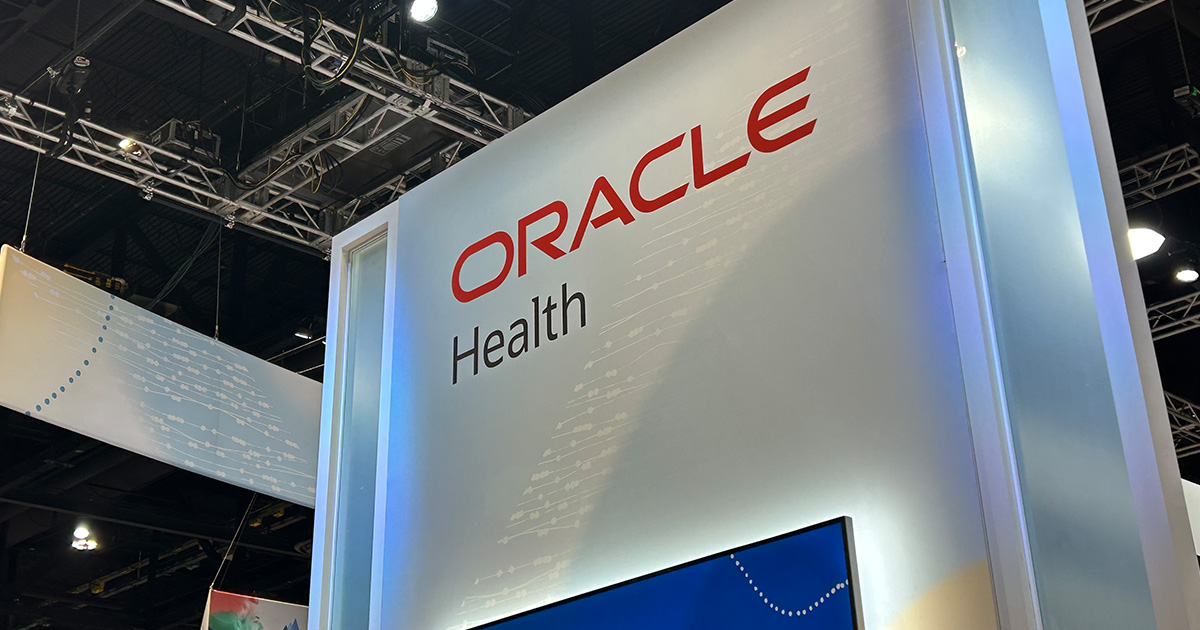The industry is seeing a hailstorm of innovation heading into HIMSS15, much of it emerging not just from IT vendors but also healthcare providers and payers.
Among the health systems establishing innovation centers to foster the development and implementation of new technologies, Penn Medicine is leveraging platforms to accelerate adoption of new tools and lower the cost and time of developing and distributing applications, according to Roy Rosin, Chief Innovation Officer at Penn Medicine’s Center for Healthcare Innovation.
“We have several such platforms starting to make that kind of difference along the path to improving patient outcomes and provider efficiency,” Rosin said. “Our IS department, engineers, designers and clinical leaders have collaborated to develop a broad range of platforms and applications allowing us to rapidly test and refine new interventions.”
Those include Way to Health for conducting interventions, the Clinstream data platform enabling Penn Medicine to more easily build and evaluate tools with real clinical data, a mobile web platform called Agent that delivers data to clinicians via their preferred communication channel, and Carelign (formerly called Connexus), which began as mobile rounding tool for aggregating data between multiple clinical systems and is currently evolving into what Rosin described as a “mobile handoff tool,” improving care coordination and transitions.
Rosin will dive deeper into those tools and platforms – as well as best practices for developing and implementing emerging technologies – in a Wednesday HIMSS15 session titled Innovation in Healthcare Delivery: Accelerating new High Impact Practices.
During the session, Rosin will share insights Penn Medicine has gleaned from creating a framework that combines design thinking and lean startup methods.
“We use contextual inquiry to see what others may have missed about why and when problems arise and how existing solutions fail,” Rosin explained.
Rosin’s team also aims to ensure it is solving the right problems, an approach that involves both storytelling and the simple practice of asking ‘so what?’ until they’re comfortable they've avoided any solutions based on their own assumptions.
“We intentionally diverge, using techniques such as analogy or principles drawn from behavioral economics,” Rosin added. “Finally, we rapidly iterate with experiments designed to test key hypotheses to make sure we’re going in productive directions instead of scaling the wrong solutions prematurely.”
It’s not all about proprietary apps, however, and Penn Medicine also uses apps from startups, capabilities within Epic and other widely available tools, such as texting platforms.
“Some of our promising early pilots have been in the areas of readmission reduction, antibiotic stewardship, postpartum hypertension, and depression screening,” Rosin said.
And looking toward the future Penn Medicine is focusing on several key areas for which it can harness innovation to make a substantive impact: preventing big health burdens such as hypertension or colorectal cancer, “bending near term cost curves by seeking to intercept people on the way to low value care,” Rosin said, as well as connected health delivering higher value and better outcomes.
“We’ll continue supporting high potential startups through our partnership with Independence Blue Cross and DreamIt Ventures, giving grants to advance our colleagues insights, looking at opportunities to improve access and our patients’ experience, building capacity by coaching teams on effective methods and keeping our eye on ways to accelerate scaling the impact of experiments that have produced good outcomes,” Rosin said.
Rosin's session, "Innovation in Healthcare Delivery: Accelerating New High Impact Practices" will take place on Wednesday, April 15 at 1 p.m. in Room W196C.


